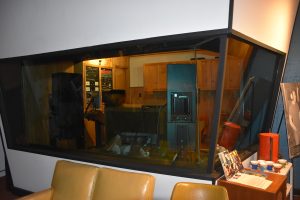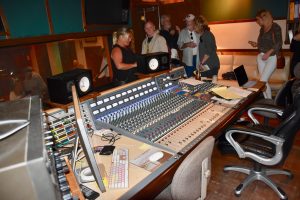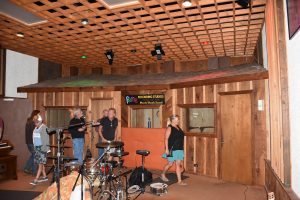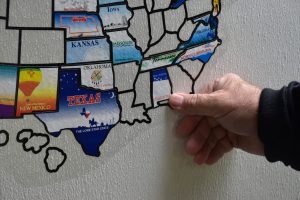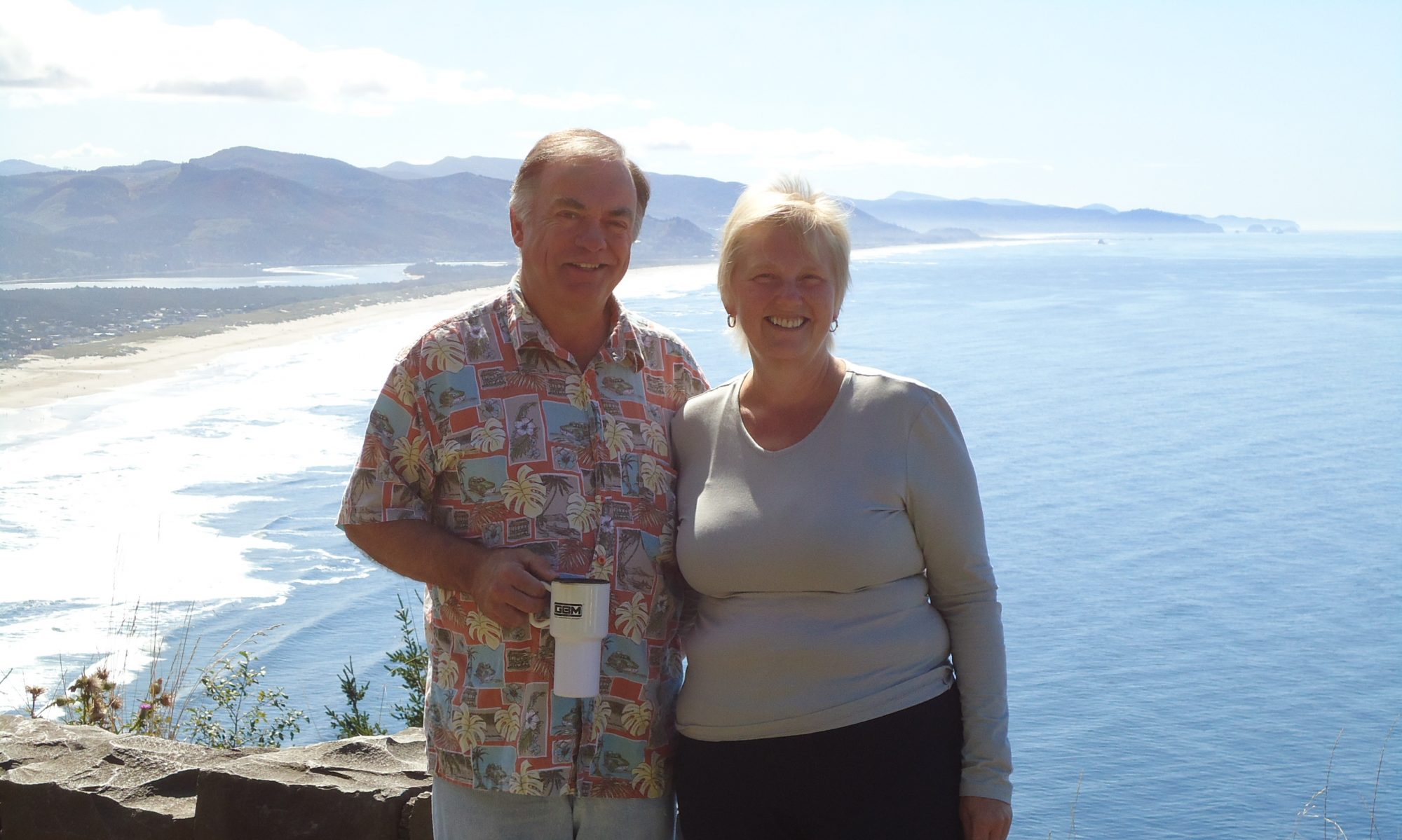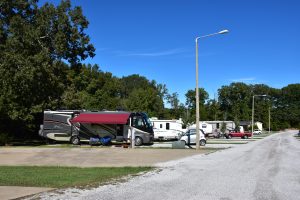
Truth be told, I don’t remember hearing about Muscle Shoals back in the day. While it was referenced in Lynyrd Skynyrd’s 1974 hit song “Sweet Home Alabama” (“…Now Muscle Shoals has got the Swampers/ And they’ve been known to pick a song or two…”) most of us remember this southern band dissing Winnipeg’s own Neil Young in that song…
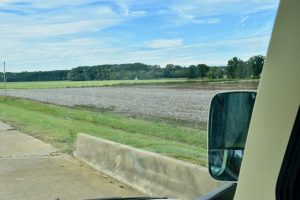
But then PBS released a documentary called “Muscle Shoals” in mid-April, 2014, that opened my eyes and ears –and those of many others – to the significance of this otherwise insignificant small Alabama town. (BTW, prior to the documentary, school kids in Muscle Shoals couldn’t wait to move out of the backwoods hick town. Once they
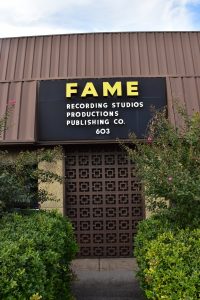
learned of the influential rolls of two small music studios, they became proud to tell others where they lived.)
The two now-famous recording studios in Muscle Shoals are Fame (Florence Alabama Music Enterprises) at 603 East Avalon Ave. and Muscle Shoals Sound Studio at 3614 Jackson Highway.
The Fame Studio was started by Rick Hall in the 1950’s and operated by him until his death in 2018. It is still an active studio, and Rick’s wife, Linda Hall, told us about her husband and the studio when Betty & I went for a tour. Music
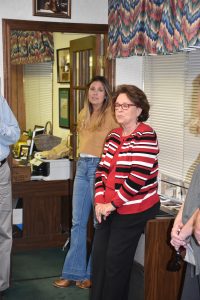
producer Jerry Wexler of Atlantic Records, who coined the term “rhythm & blues”, brought many young artists to Fame, including Aretha Franklin and Wilson Pickett. Many attribute their success to the Muscle Shoals sound emanating from Hall’s studio.
But in 1969, Rick Hall signed an exclusive contract with Capitol Records, and expected his session musicians, known as the Muscle Shoals Rhythm Section, to go along with him as salaried staff. Instead, the studio musicians, nicknamed “the Swampers” by Leon Russell’s producer because of their swampy sound, took the bold step of establishing their own studio, called Muscle Shoals Sound Studio.
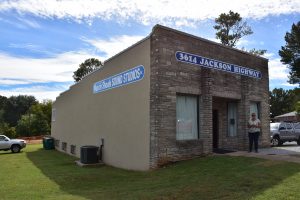
To record in a studio owned and operated by the session musicians was a unique experience and, with the assistance of Jerry Wexler, many famous musicians chose to make music in this little space, which had originally been a coffin shop, supplying the cemetery across the street. Of the two visits, the tour of this space was by far the best. Our young tour guide was extremely knowledgeable, and used
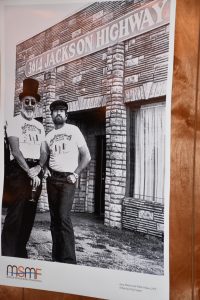
a combination of videos and musical clips from his iPad and external speaker to recreate special moments – too many to repeat in this short post.
Ok, let me see if I can give a short version of one longer story: The Rolling Stones had played in Miami and were on their way to perform in Los Angeles. They had never heard of Muscle Shoals, but Jerry Wexler convinced them to fly in on their way, in order to put down maybe one track for their Sticky Fingers album. Among others, they ended up recording Brown Sugar and Wild Horses at Muscle Shoals, with Keith Richards writing the final 2 verses of Wild Horses while sitting on the toilet in the small bathroom that was in the studio. When they went outside in this very rural Alabama hick town, no one recognized
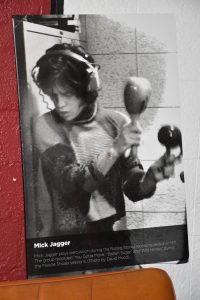
them, and they were happy with that! The documentary has much more input from Mick Jagger & Keith Richards, so I’ll leave the reader to explore there.
Ok, just one more: Many black artists got their start, and continued recording at Muscle Shoals Sound Studio. On separate occasions, both Paul Simon and Rod Stewart requested the same black backup musicians that they had heard on albums produced in Muscle Shoals, and were both surprised that the studio musicians were actually white! Linda Hall told us that, while colour was a major issue in southern Alabama, it
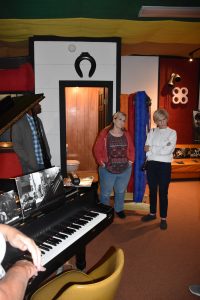
never was in Muscle Shoals, and black & white together worked to create this amazing sound. As I write this, many more stories come to mind, but I have passed the 600 word limit I set for myself on these posts, so I will again encourage all readers to WATCH THE DOCUMENTARY!
Cheers!
